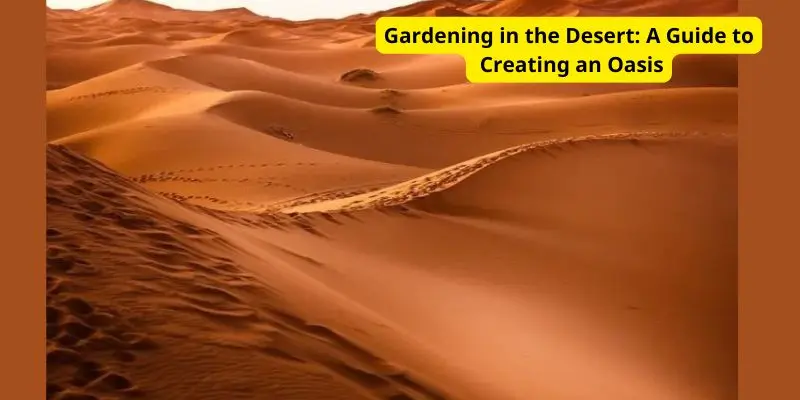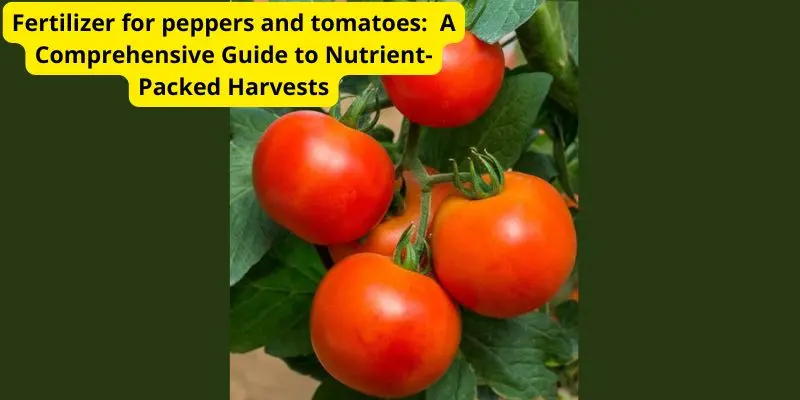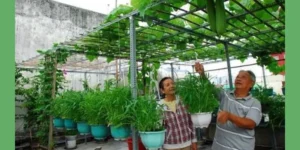Gardening in the desert presents unique challenges due to the arid climate, harsh soil conditions, and limited water availability. However, with careful planning and the right plant selections, it is possible to create a thriving oasis in even the most challenging desert environments.
By understanding the desert climate, implementing efficient water management strategies, and selecting plants well-suited to these conditions, you can overcome these obstacles and enjoy the rewards of successful desert gardening. This guide will provide essential tips and information to help you transform your desert space into a beautiful and sustainable garden.
Understanding the Desert Environment

Climate and Soil Conditions
- Arid climate: Low rainfall, high temperatures, and low humidity.
- Soil characteristics: Sandy, rocky, or clay-like, often lacking in organic matter and nutrients.
- Soil erosion: Vulnerability to wind and water erosion due to lack of vegetation cover.
Microclimates and Site Selection
- Identifying microclimates: Variations in temperature, humidity, and sunlight within a desert environment.
- Selecting the right spot: Choosing a location with optimal conditions for plant growth.
- Wind protection: Considering windbreaks to protect plants from damaging winds.
Sun Exposure and Shade
- Intense sunlight: Understanding the impact of strong sunlight on plants.
- Shade requirements: Identifying plants that thrive in full sun or require partial shade.
- Creating shade: Using structures or companion plants to provide shade.
Gardening in the desert
Water is the most critical factor in desert gardening. Careful management is essential for plant survival and thriving.
Efficient Irrigation Techniques
- Drip irrigation: Delivers water directly to plant roots, minimizing evaporation.
- Soaker hoses: Provide gentle and consistent moisture to garden beds.
- Hand watering: Suitable for small gardens or container plants.
Water-Saving Tips
- Mulching: Helps retain soil moisture and suppress weeds.
- Container gardening: Allows for precise water control and efficient use of space.
- Water-wise plants: Choosing plants with low water requirements.
- Harvesting rainwater: Collecting and storing rainwater for irrigation.
Harvesting Rainwater
- Rain barrels: Collecting rainwater from rooftops.
- Cisterns: Storing larger quantities of rainwater for extended use.
Soil Preparation and Improvement
Desert soil often lacks organic matter and nutrients, making it challenging for plants to thrive. Improving soil quality is crucial for successful desert gardening.
Improving Soil Structure
- Breaking up compacted soil: Using a garden fork or tiller to loosen the soil.
- Adding organic matter: Incorporating compost, manure, or leaf mold to enhance soil structure and water retention.
- Raised beds: Creating elevated planting areas to improve drainage and soil quality.
Adding Organic Matter
- Compost: Rich in nutrients and improves soil structure.
- Manure: Adds organic matter and nutrients, but use caution with fresh manure.
- Leaf mold: Improves soil texture and water retention.
Mulching Techniques
- Benefits of mulching: Conserves moisture, suppresses weeds, and regulates soil temperature.
- Mulch options: Organic materials like compost, bark chips, or gravel.
- Application: Applying a thick layer of mulch around plants, avoiding direct contact with stems.
Pest and Disease Control
Desert gardening presents unique challenges when it comes to pest and disease management. Dry conditions can favor certain pests, while poor air circulation can contribute to fungal diseases.
Common Desert Pests and Diseases
- Common pests: Aphids, mealybugs, scale insects, spider mites, and whiteflies.
- Common diseases: Powdery mildew, root rot, and damping-off.
Organic Pest Control Methods
- Beneficial insects: Encouraging natural predators like ladybugs and lacewings.
- Insecticidal soap: Effective against soft-bodied insects.
- Neem oil: Versatile organic pesticide with insecticidal and fungicidal properties.
- Diatomaceous earth: A natural insecticide that dehydrates pests.
Prevention Strategies
- Healthy plants: Strong, well-nourished plants are better equipped to resist pests and diseases.
- Proper watering: Avoid overwatering to prevent fungal diseases.
- Good sanitation: Removing plant debris to reduce disease spread.
- Crop rotation: Planting different crops in the same area to disrupt pest cycles.
Creating a Desert Oasis
Transforming a barren desert landscape into a thriving oasis requires careful planning and design. By incorporating elements that complement the desert environment, you can create a beautiful and sustainable outdoor space.
Landscaping Ideas
- Xeriscaping: Designing a landscape that requires minimal water, utilizing native plants and rocks.
- Desert gardens: Incorporating a variety of drought-tolerant plants, including succulents, cacti, and grasses.
- Outdoor living spaces: Creating comfortable areas for relaxation and entertainment, such as patios, pergolas, and fire pits.
Rock Gardens and Xeriscaping
- Rock selection: Choosing stones and rocks that complement the desert aesthetic.
- Rock placement: Creating visually appealing arrangements and pathways.
- Plant combinations: Selecting plants that thrive in rocky conditions and complement the rock garden.
Container Gardening
- Benefits of containers: Growing a variety of plants in limited space.
- Container selection: Choosing pots that are suitable for the desert climate.
- Plant choices: Selecting drought-tolerant plants that thrive in containers.
Conclusion
Gardening in the desert requires creativity, patience, and a deep understanding of the environment. By embracing water-wise practices, selecting appropriate plants, and creating a harmonious landscape, you can transform your desert space into a thriving oasis.
Remember, every garden is a unique expression of its surroundings. Experiment with different plants, techniques, and designs to discover what works best in your specific desert environment. With dedication and perseverance, you can enjoy the beauty and rewards of desert gardening.





